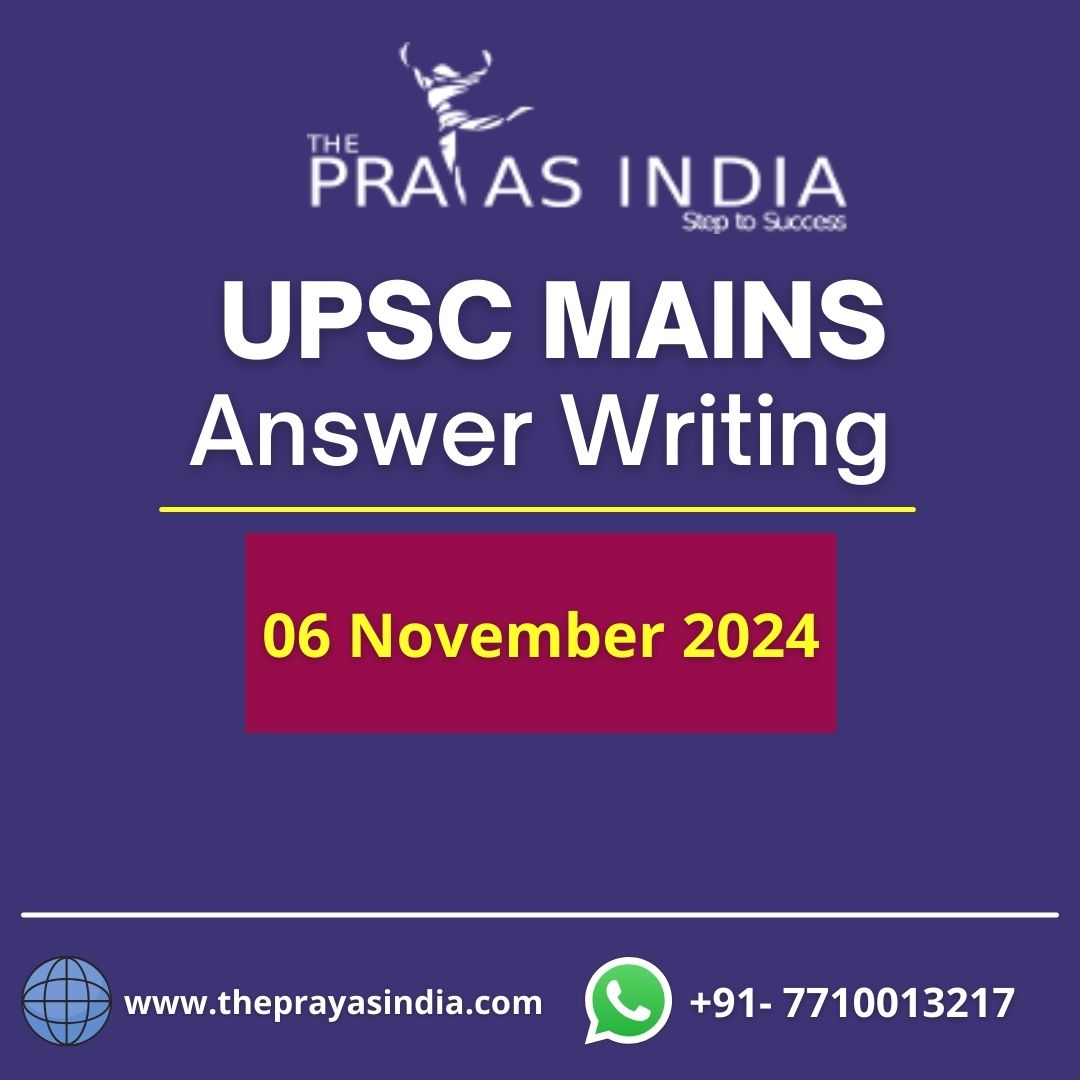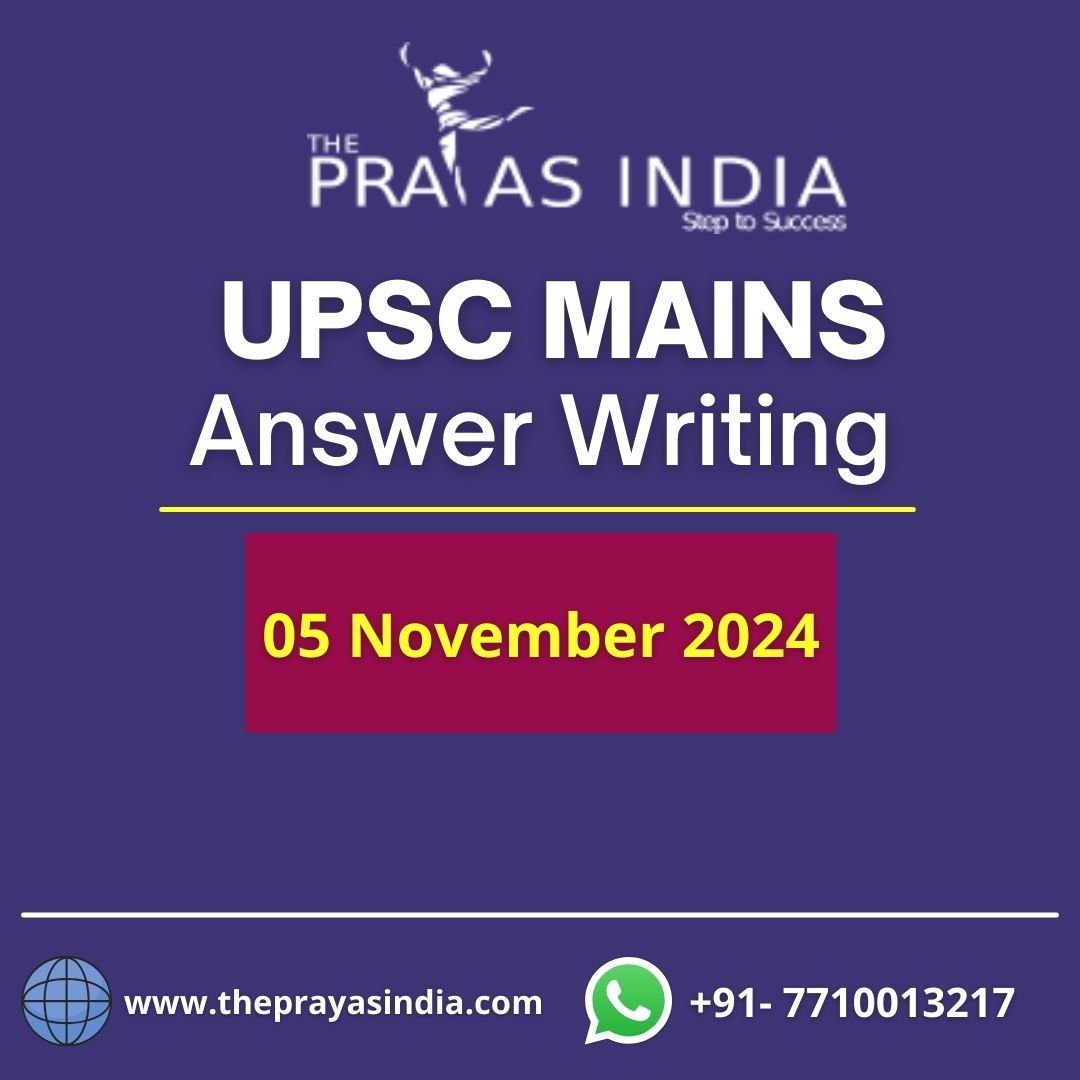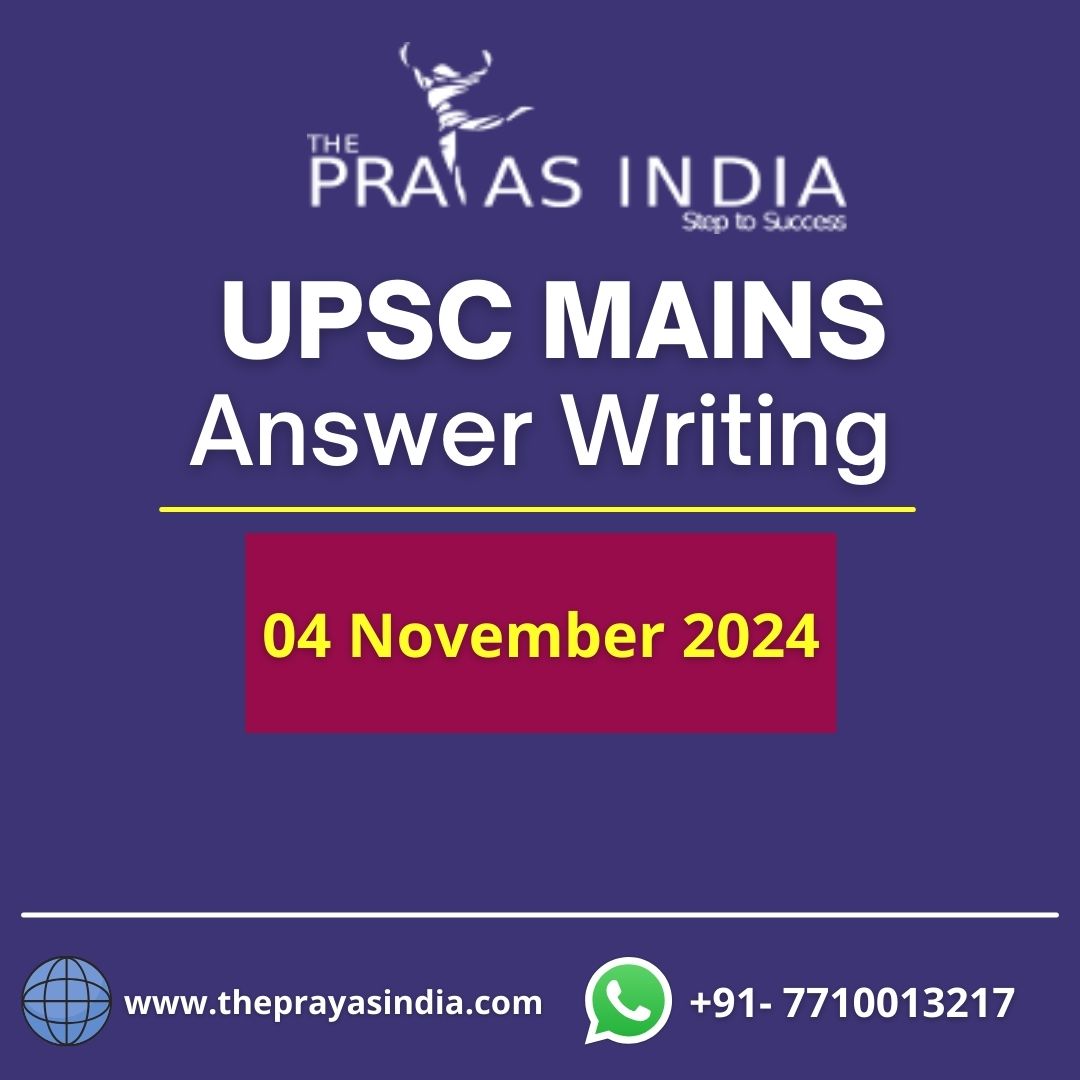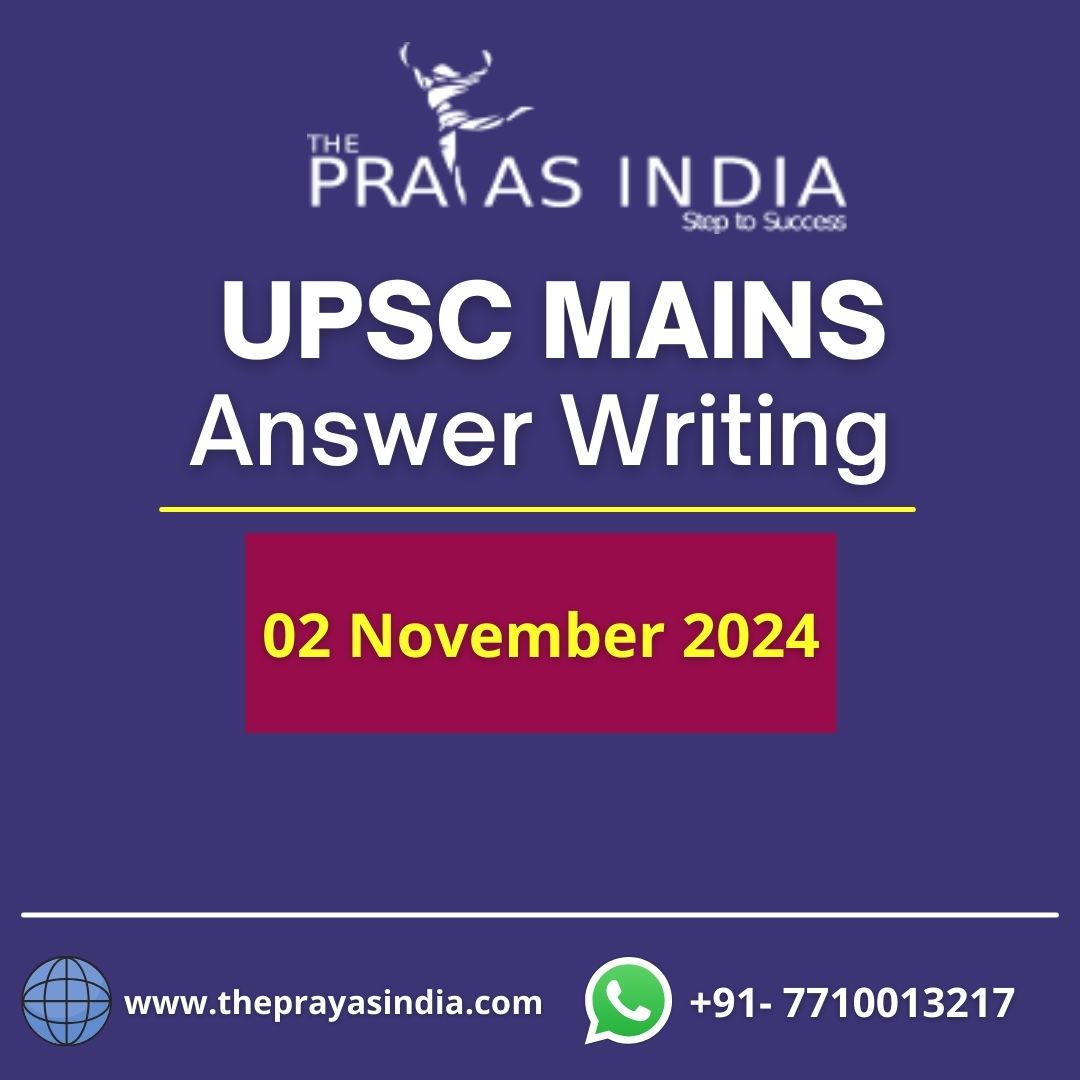MAINS DAILY QUESTIONS & MODEL ANSWERS
Q1. What is the status of India’s relationship with the Organization of Islamic Cooperation (OIC)?
Paper & Topic: GS II – International Relations
Model Answer:
- India had been invited to the founding convention in Rabat in 1969 as the nation with the second-largest Muslim population in the world, but was humiliatingly expelled at Pakistan’s request.
- India refrained for a variety of reasons, including its disinterest in joining a group with a religious foundation.
- There was a chance that efforts to strengthen bilateral ties with specific member states would come under strain in a grouping, particularly when it came to matters like Kashmir.
- Pakistan objected to Bangladesh’s request that India, where more than 10% of the world’s Muslims reside, be granted Observer status during the 45th session of the Foreign Ministers’ Summit in 2018.
- India has been confident in its ability to counter any remark made by the group after establishing close ties with influential members like the UAE and Saudi Arabia.
- J&K is a “integral part of India and is a subject exclusively internal to India,” as India has often emphasised, and the OIC has no locus standi with regard to the topic.
- India attended the OIC Foreign Ministers’ conference for the first time in 2019 as a “guest of honour.”
- Particularly in light of the current state of heightened hostilities between India and Pakistan in the wake of the Pulwama assault, this invitation was hailed as a diplomatic success for India.
What is the latest OIC/India Controversy?
- OIC Statement: In response to Muslim girl students being instructed not to wear the hijab in Karnataka schools, the OIC has urged the UN Human Rights Council to take “appropriate actions.”
- In addition, the OIC urged India to “defend the way of life of the Muslim community while ensuring their safety, security, and well-being.”
- India’s Reaction: India maintained that it is a democracy and that domestic disputes are settled in accordance with the Constitution’s framework, procedures, and democratic character.
- India has criticised the OIC for being “communal oriented” and “hijacked by vested interests”—a hardly disguised jab at Pakistan.
Q2. What do you understand by wasting and stunting?
Paper & Topic: GS II – Poverty and Hunger
Model Answer:
About Stunting:
- Low height for age is referred to as stunting. It is the outcome of persistent or recurring undernutrition, which is frequently linked to poverty, inadequate maternal health and nutrition, recurrent illness, and/or unsuitable feeding and care for young children.
- Stunting keeps kids from developing to their full physical and intellectual potential.
About Wasting:
- Low weight-to-height is referred to as wasting. Although it might last for a very long period, it frequently signifies sudden and substantial weight loss.
- It typically happens when a person hasn’t eaten enough food, both in terms of quantity and quality, or when they’ve been sick frequently or for a long time.
- If left untreated, wasting in children is linked to a higher risk of mortality.
About Malnutrition:
- Malnutrition is characterised by inadequate or excessive nutrient intake, an unbalanced intake of vital nutrients, or poor nutrient use. Undernutrition, overweight, and obesity are both part of the double burden of malnutrition, as are noncommunicable diseases connected to diet.
- Four general signs of undernutrition include stunting, wasting, being underweight, and micronutrient deficiencies.




